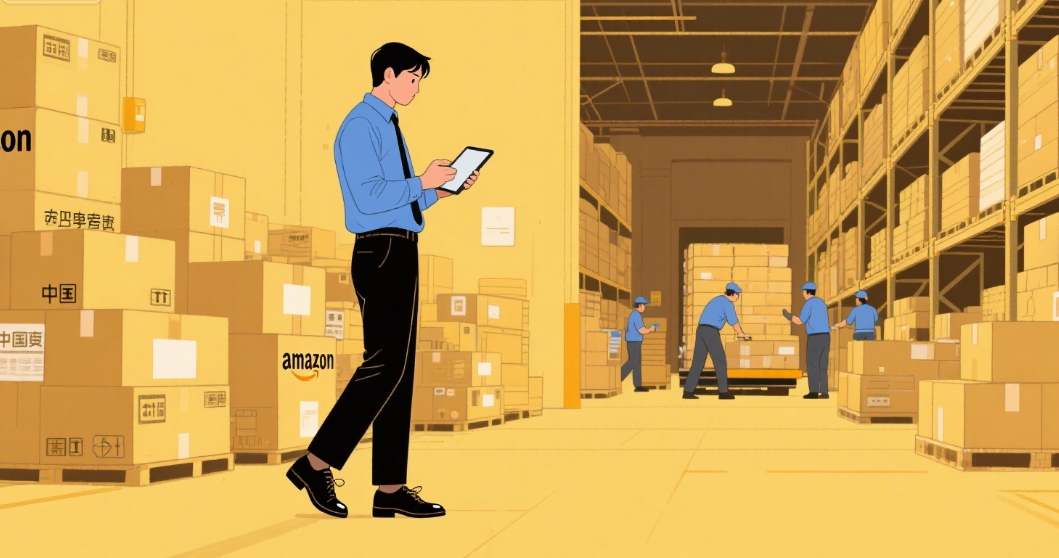Login
How Amazon Sellers Manage Shipments from China to Japan Amazon Warehouse

In the fast-evolving landscape of cross-border e-commerce, effective logistics management is crucial for success. For Amazon sellers looking to ship products from China to Japan, understanding the nuances of international shipping can streamline operations and enhance profitability. This blog aims to guide you through the essential steps and considerations for managing shipments efficiently to Amazon warehouses in Japan.
Understanding the Shipping Process
Shipping from China to Japan involves several key steps, including selecting the right shipping method, managing customs clearance, and ensuring compliance with Amazon’s requirements. Here’s a breakdown of how sellers can navigate this process effectively.
1. Choosing the Right Shipping Method
When shipping goods internationally, sellers must choose between various shipping options: air freight, sea freight, or express courier services.
- Air Freight: Ideal for urgent shipments, air freight offers speed but at a higher cost. It is suitable for high-value items or smaller shipments.
- Sea Freight: More economical for larger shipments, sea freight takes longer but significantly reduces shipping costs. This method is ideal for bulk products.
- Express Courier Services: Services like DHL, FedEx, and UPS provide fast delivery options for smaller packages, making them popular among sellers who require speed and reliability.
2. Navigating Customs Clearance
Customs clearance is a critical step that can impact delivery times. Sellers need to ensure that all documentation is accurate and complete. This includes:
- Commercial Invoice: Detailing the nature of the goods, value, and terms of sale.
- Packing List: Outlining the contents of each shipment.
- Bill of Lading: A contract between the seller and the carrier.
Understanding the customs regulations in Japan is essential. Sellers should collaborate with a reputable freight forwarder who can provide guidance on tariffs and ensure compliance with local laws.
3. Complying with Amazon’s Requirements
Amazon has specific guidelines for sellers shipping to their warehouses. Compliance is crucial to avoid penalties or shipment rejections. Key considerations include:
- Labeling: Ensure that all products are labeled according to Amazon’s specifications. This typically involves FBA labels that help Amazon track inventory.
- Packaging: Products should be packaged securely to withstand transportation and handling. Adhering to Amazon’s packaging guidelines is essential for smooth processing upon arrival.
- Shipping Plans: Create a shipping plan in your Amazon Seller Central account. This will outline which products are being sent and their destination warehouses.
4. Utilizing Fulfillment Services
Many sellers opt to partner with fulfillment services like Easy China Warehouse. These companies specialize in logistics and can streamline the shipping process from China to Japan. Here’s how they can help:
- Consolidation: Combining multiple shipments into one can reduce costs and simplify logistics.
- FBA Prep Services: Ensuring that products meet Amazon’s preparation requirements before shipping.
- Inventory Management: Keeping track of stock levels and ensuring timely restocking to avoid stockouts.
5. Tracking and Transparency
Keeping track of shipments is crucial for managing customer expectations. Utilizing advanced tracking systems can provide real-time updates on the status of shipments, allowing sellers to communicate effectively with buyers. This transparency builds trust and enhances customer satisfaction.
Conclusion
Successfully managing shipments from China to Japan’s Amazon warehouse requires careful planning and execution. By choosing the right shipping methods, navigating customs with diligence, complying with Amazon’s requirements, and leveraging professional fulfillment services, sellers can optimize their logistics processes. This not only enhances operational efficiency but also drives sales and growth in the competitive landscape of cross-border e-commerce.
As the industry continues to evolve, staying informed about best practices and regulatory changes will empower sellers to thrive in the global market. For more insights and support, consider reaching out to Easy China Warehouse, your trusted partner in international shipping.
